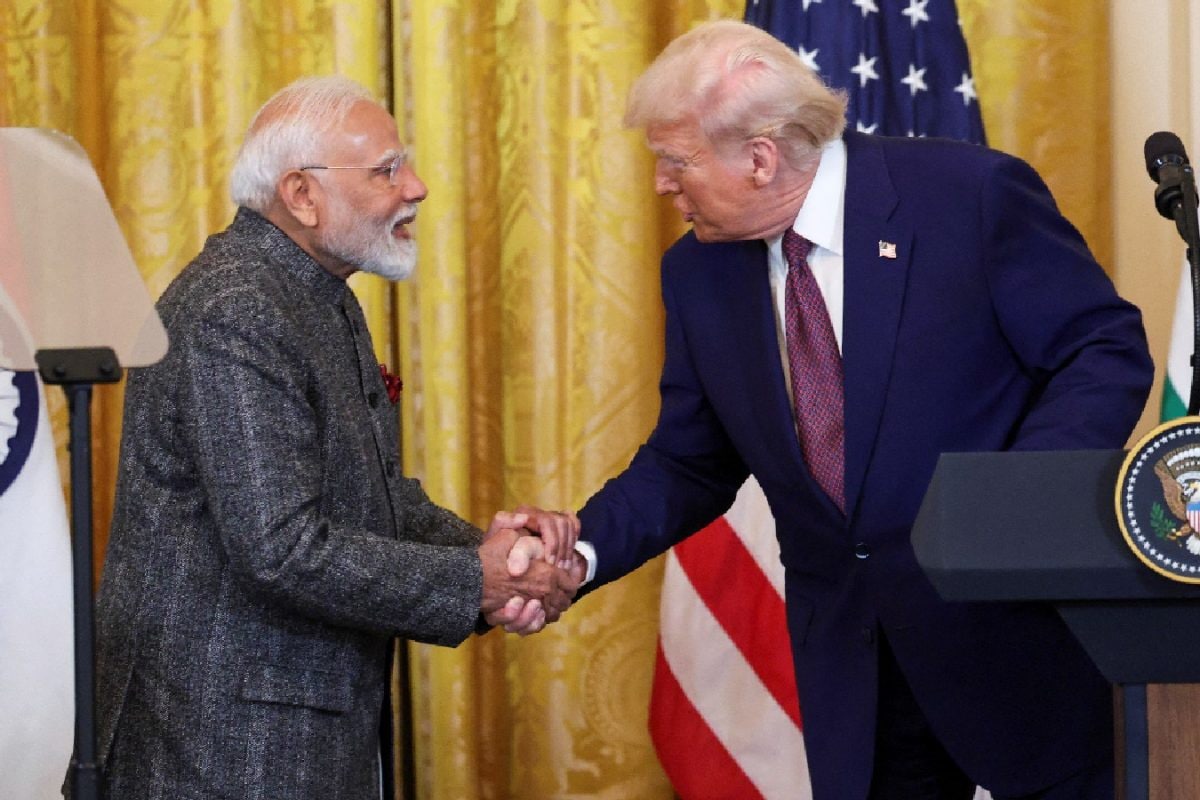

As the August 1st deadline looms for a potential trade agreement between the United States and India, the Indian government is reportedly taking a measured approach to President Trump's recent remarks hinting at tariffs of 20% to 25% on Indian imports. Sources within the government indicate a strategy of careful analysis before any formal response is issued.
President Trump's statements, made aboard Air Force One, suggested that India could face these higher tariffs because, in his view, India has been charging the U.S. higher tariffs than other countries. He also stated that the India-US trade deal was "working out very well". Trump had previously imposed tariffs on Indian goods in April, before pausing them to allow time for negotiations.
According to reports, officials in India are awaiting official communication from the White House regarding the extent of the tariffs. Meanwhile, New Delhi is preparing for the possibility of these higher tariffs as a temporary measure. Rather than offering immediate fresh concessions, India is expected to resume comprehensive trade talks in mid-August, coinciding with a planned visit by a U.S. delegation. A sixth round of talks between the negotiating teams is expected to occur in August.
Despite the looming deadline and the tariff threats, an interim trade deal appears unlikely in the short term. India remains optimistic about reaching a broader trade agreement by the fall.
Several factors are reportedly stalling the progress of an agreement. These include India's reluctance to allow the U.S. to export genetically modified crops and to open its dairy and automobile sectors. The U.S., on the other hand, is seeking greater access to India's markets, particularly in the agriculture and digital sectors, while also raising tariffs on Indian steel, aluminum, and auto exports.
Some analysts believe that Trump's statements are a tactic to expedite the negotiation process. They suggest that the market is not expecting anything extremely positive from the deal.
Adding another layer of complexity, Trump has also threatened "secondary tariffs" on countries, including India, that purchase Russian oil, as a measure to pressure President Vladimir Putin to end hostilities with Ukraine. India has defended its energy imports as critical for its 8% GDP growth target.
Amidst these developments, India has conveyed its "red lines" to the Trump administration, indicating the limits it will not breach to finalize an agreement. India has expressed a willingness to offer zero tariffs on some goods, including auto components and pharmaceuticals.